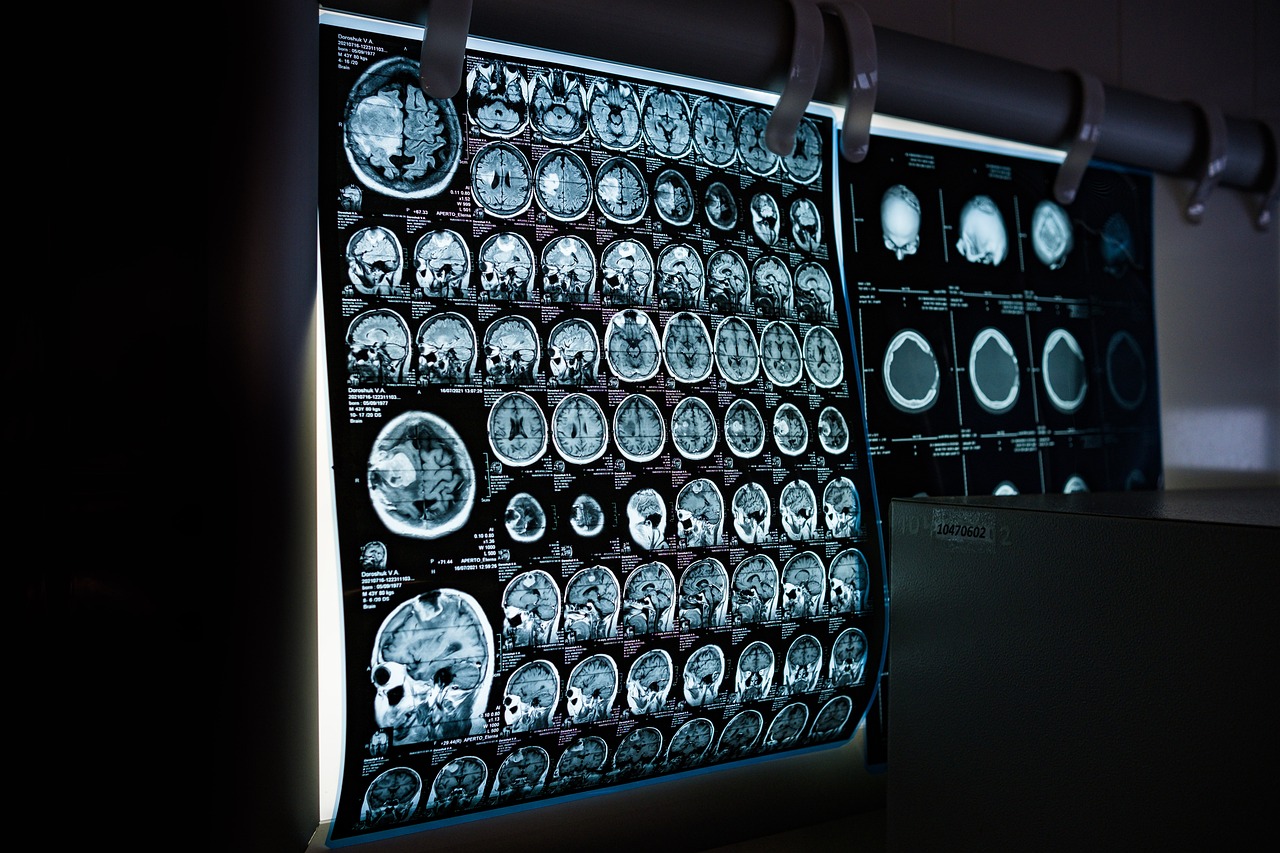The healthcare industry is undergoing a significant transformation, thanks to the integration of information technology (IT) services. IT services play a vital role in helping to improve many services that healthcare systems offer. These technological advancements have made it possible for healthcare providers to provide high-quality care, improve patient outcomes, and reduce costs. This overview will explore the vital role of IT services and highlight the key benefits and advancements that have transformed the industry.
Contents
EHRs
Electronic Health Records (EHRs) have been one of the most significant advancements in the healthcare industry. IT services have made it possible for healthcare providers to maintain patient health records electronically, providing access to real-time patient data and medical history.
This technology has improved patient care by providing healthcare providers with comprehensive information, allowing them to make informed decisions and create personalized treatment plans. Furthermore, the use of EHRs has reduced the risk of medical errors, as healthcare providers can quickly and accurately access patient data, reducing the chances of misdiagnosis or prescribing the wrong medication. The implementation of EHRs has streamlined healthcare processes and improved patient outcomes, making it an essential tool for healthcare providers. The healthcare IT providers at EIRE Systems also stress the importance of maintaining compliance with regulations in regard to technological standards, including cybersecurity. This is important to keep patient data safe and protected from malware issues and cyberattacks.
Telehealth
Telehealth allows healthcare providers to offer remote healthcare services to patients, enabling them to receive care from the comfort of their own homes. This technology has revolutionized healthcare, especially during the COVID-19 pandemic, as it has provided a safe and convenient way for patients to receive healthcare services. Telehealth has also improved communication between patients and healthcare providers, leading to better patient outcomes. Patients can communicate with healthcare providers in real-time, receive personalized treatment plans, and access medical advice from the comfort of their own homes. The integration of telehealth has made healthcare more accessible and convenient, making it an essential tool in the healthcare industry.
Medical Imaging
IT has allowed digital images to be stored, retrieved, and shared electronically, meaning healthcare providers can access medical imaging data quickly and efficiently. This technology has improved the accuracy of diagnoses, treatment plans, and patient outcomes, as healthcare providers can quickly analyze medical images and make informed decisions. Furthermore, digital imaging has reduced the need for physical film storage, saving space and reducing costs for healthcare organizations.

HIE
Health Information Exchange (HIE) is a critical component of the healthcare industry, and IT services have played a crucial role in facilitating the exchange of patient health information. HIE enables healthcare providers to share patient health information across different systems and facilities, improving communication and coordination between healthcare providers. With HIE, healthcare providers can quickly access patient data, which leads to better diagnoses, personalized treatment plans, and improved patient outcomes. The use of HIE has also reduced healthcare costs, as healthcare providers can avoid unnecessary tests and treatments by having access to comprehensive patient health information. The integration of IT services has made HIE more efficient and effective, enabling healthcare providers to collaborate more effectively, which ultimately benefits patients.
Data Analytics
IT services have enabled healthcare providers to collect and analyze patient data effectively. Data analytics provides insights that can be used to improve patient care, identify health trends, and reduce costs. Healthcare providers can use data analytics to track patient outcomes, identify areas where patient care can be improved, and develop personalized treatment plans. Additionally, data analytics can help healthcare organizations identify health trends and patterns, which can be used to improve population health and develop preventive measures. Data analytics has also helped reduce healthcare costs, as healthcare providers can identify areas where they can reduce costs while still maintaining quality patient care.

The Benefits
Some of the benefits of the use of IT services in the healthcare industry include the following:
- Improved Patient Care: IT services enable healthcare providers to access real-time patient data, medical history, and test results, allowing them to make informed decisions and provide better patient care.
- Reduced Medical Errors: Electronic Health Records (EHRs) reduce the risk of medical errors by providing healthcare providers with comprehensive patient information, including medication history, allergies, and previous diagnoses.
- Enhanced Communication: Telehealth and Health Information Exchange (HIE) improve communication between healthcare providers and patients, leading to better patient outcomes.
- Cost-Effective: IT services have reduced healthcare costs by improving efficiency, reducing the need for physical storage, and avoiding unnecessary tests and treatments.
- Improved Population Health: Data analytics enables healthcare providers to identify health trends and patterns, which can be used to develop preventive measures and improve population health.
- Better Coordination: Health Information Exchange (HIE) improves coordination between healthcare providers, leading to better patient care and outcomes.
The Future Of IT Services in Healthcare
The future of IT services in healthcare is promising, with emerging technologies promising to transform the way healthcare providers collect, store, and analyze patient data. Advancements in Artificial Intelligence (AI), telemedicine, virtual reality, blockchain, and predictive analytics will revolutionize the healthcare industry, providing better patient care, improving patient outcomes, and reducing healthcare costs.
An example of a tool that may be utilized more and more is the use of wearable technology, such as smartwatches, which can provide real-time data on patient health, allowing healthcare providers to monitor patients remotely and detect potential health issues before they become more severe. Furthermore, the integration of these new technologies will lead to increased efficiency and accuracy, allowing healthcare providers to focus more on patients and less on administrative tasks.
In conclusion, IT services play a vital role in the healthcare industry. Electronic Health Records, Telehealth, Medical Imaging, Health Information Exchange, Data Analytics, and emerging technologies are transforming the way healthcare is delivered, improving patient care, reducing healthcare costs, and enhancing communication and coordination between healthcare providers. The future of IT services in healthcare is exciting, with emerging technologies promising to revolutionize the industry, providing better patient outcomes, and improved population health.






